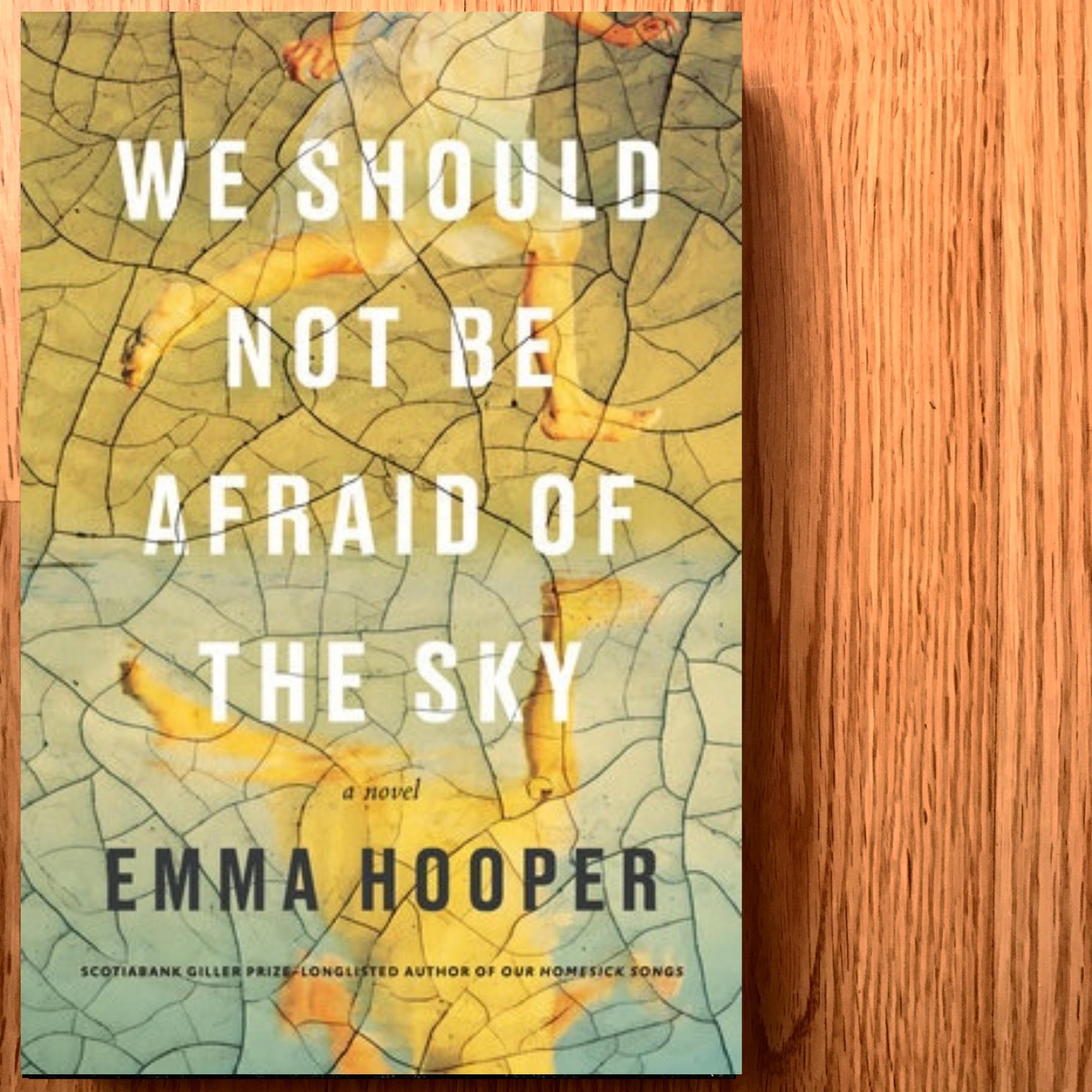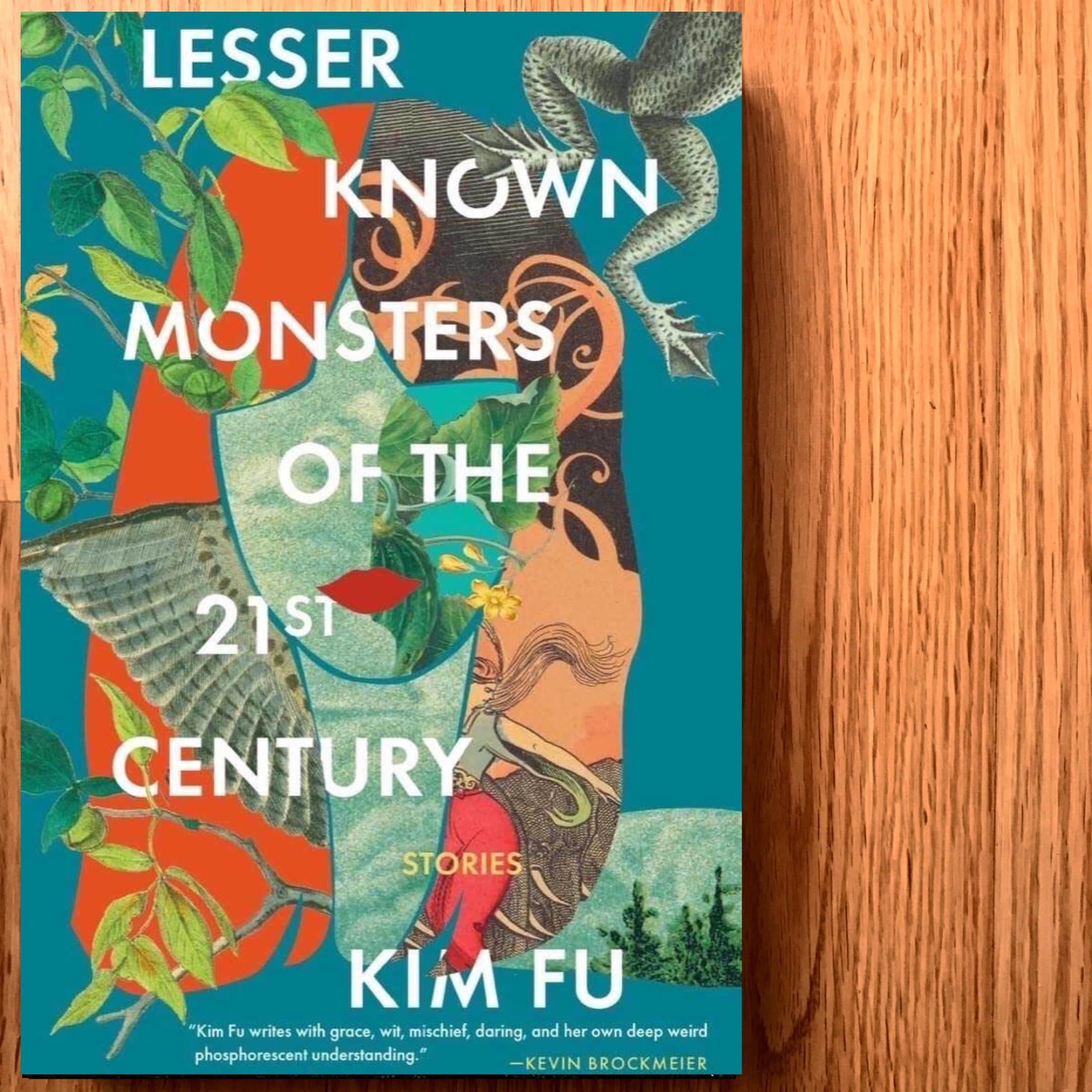By Larissa Page
Ring Shout is a small book that packs a big punch. Coming in at under 200 pages, this novel/novella centers around Maryse and her gang of resistance fighters who are not only pushing back against the Klu Klux Klan as strong Black women, but also against actual Demons called Klu Kluxes (and more otherworldly beings) who thrive and feed on the hate living inside the racist members of the Klan and use it to grow and bring Hell to earth—unless the resistance fighters can stop them.
Before jumping into this one I knew it involved demons but I did not know it fit itself comfortably into the horror genre. Horror is not a typical genre for me but when it’s done well, I do enjoy it. I felt P. Djèlí Clark did it well. The scenes would be considered graphic, with the demons and disguised demons described like the stuff of nightmares, but this all lent itself well to the story and wasn’t over the top or overly gross (that I found).
I really loved the characters, these strong women fighting alongside each other. Even though the book was short in pages, it still gave us little tidbits of each of the women that made me love them. Maryse with her history of pain and loss, Sadie with her badass gun skills, and the former Harlem Hellfighter (WW1 soldier) Chef, together made a team that you could feel the connections in. Even the matriarch of the group leading them in ring shouts and full of knowledge, Nana Jean, was integral to the group.
Due to its short nature, I sped through this book in just two days and found myself plopped into a fictionalized horror story that related very much to a real time in our collective history. The Birth of a Nation was a silent film released in 1915 that really was highly racist and really did fuel the rebirth of the Klu Klux Klan, all facts I didn’t know before reading Ring Shout.
Ring Shout is a novella that appealed to both me and my husband, who have very different reading preferences, and once I was finished, I was excited to pass it along to him to read so we could discuss it. I believe it has something for everyone (who can handle a bit of horror and demons from time to time) and has the potential to lead to some great conversations.





















